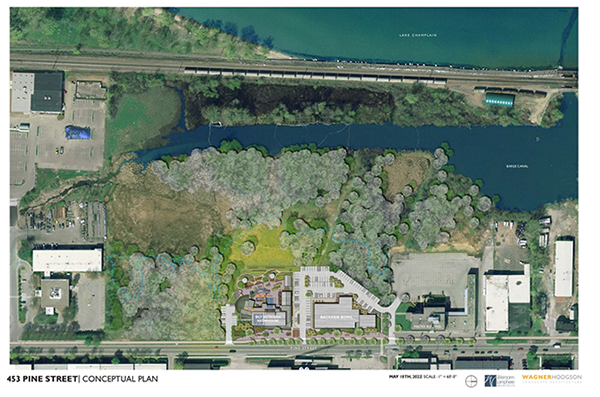 On the last day of 2022, provisions of Vermont Act 54 took effect that overhaul and expand the Vermont Public Utility Commission’s (“PUC”) regulation of electric energy storage facilities.
On the last day of 2022, provisions of Vermont Act 54 took effect that overhaul and expand the Vermont Public Utility Commission’s (“PUC”) regulation of electric energy storage facilities.
Act 54 directs the PUC to promulgate rules governing energy storage facilities, including those regarding metering, power quality, and interconnection. Notably, the law expands the universe of proposed energy storage facilities requiring PUC approval (a “Certificate of Public Good” or “CPG”), by lowering the threshold from 500 kilowatts (kW) in nameplate capacity to 100 kW. Act 54 also directs the PUC to develop a simplified application process for proposed energy storage facilities between 100 kW and 1 MW (unless the PUC establishes a higher threshold). Proposed facilities eligible for the simplified process would automatically receive a CPG 46 days after filing an application unless the PUC or another party raises a substantive objection during that period.
In response to the simplified procedure directive, the PUC issued a memorandum on December 15, 2022, clarifying that while the PUC works to promulgate a simplified application process, proposed energy storage facilities with capacities between 100 kW and 4.99 MW may seek a CPG under the existing streamlined CPG process provided for in 30 V.S.A. § 248(j). The PUC has yet to issue draft rules governing energy storage but has opened a rulemaking proceeding where interested parties can check for updates. Other sections of Act 54 expand and define the PUC’s regulatory authority over energy storage aggregators (entities that virtually combine multiple energy storage facilities across the grid).
These changes to Vermont law take place in the larger context of changes to federal incentives governing energy storage. President Biden signed the Inflation Reduction Act of 2022 (“IRA”) into law in August 2022. The IRA expands eligibility for the energy investment tax credit (“ITC”) to include “energy storage technology,” which is defined broadly as “property . . . which receives, stores, and delivers energy for conversion to electricity . . . and has a nameplate capacity of not less than 5 kilowatt hours.”
Under the IRA, energy storage technology projects that begin construction before January 1, 2025, are now eligible for the existing ITC rate of up to 30 percent. Energy storage technology projects that commence construction after December 31, 2025, will be eligible for a tech-neutral Clean Electricity Investment Tax Credit (“CEITC”), containing a similar rate structure.
Tax incentives provided by the IRA are expected to stimulate investment in energy storage projects across the country. These projects are particularly important in Vermont where much of our power is from renewable sources (wind, solar, hydro) that generate fluctuating amounts of energy throughout the day and seasonally. As the share of renewables continues to increase within Vermont’s energy supply, and as Vermont electrifies and adds new electric loads—such as electric vehicles charging overnight at homes—increased energy storage capacity serves a critical supporting role, storing renewably-generated electricity to match periods of demand. In this role, energy storage reduces the need for non-renewable energy sources during times of high demand, while expanding the market for renewables. IRA tax incentives, in combination with streamlined PUC procedures for permitting energy storage facilities, may help Vermont to continue reducing its reliance on non-renewable sources of energy.
If you have any questions or need help navigating changes to energy storage regulations, please contact Vic Westgate or Andy Raubvogel at SRH Law.
*The information provided on this website does not, and is not intended to, constitute legal or tax advice; instead, all information, content, and materials available on this site are for general informational purposes only.
